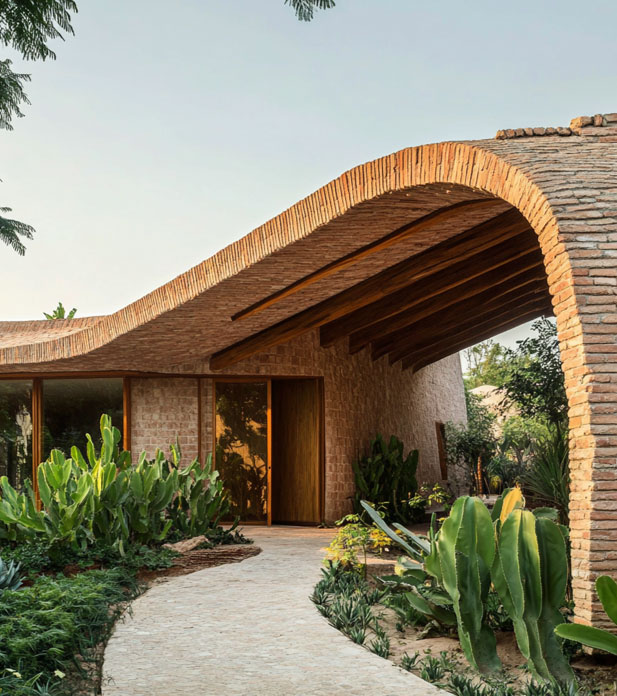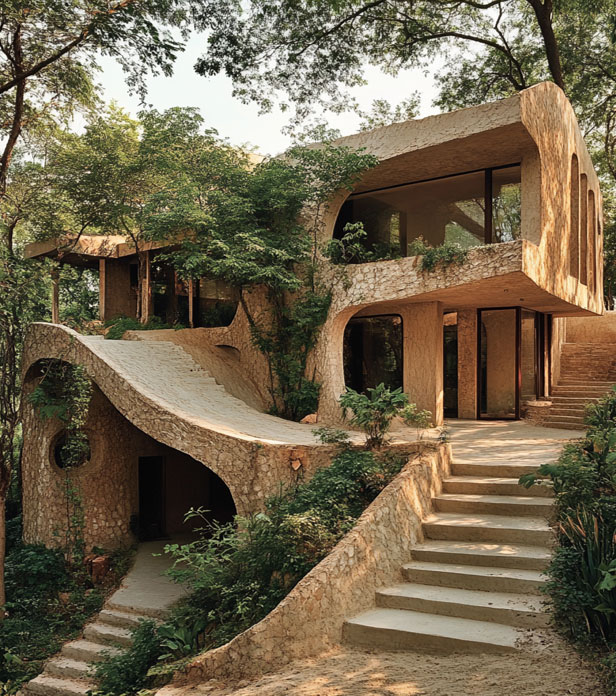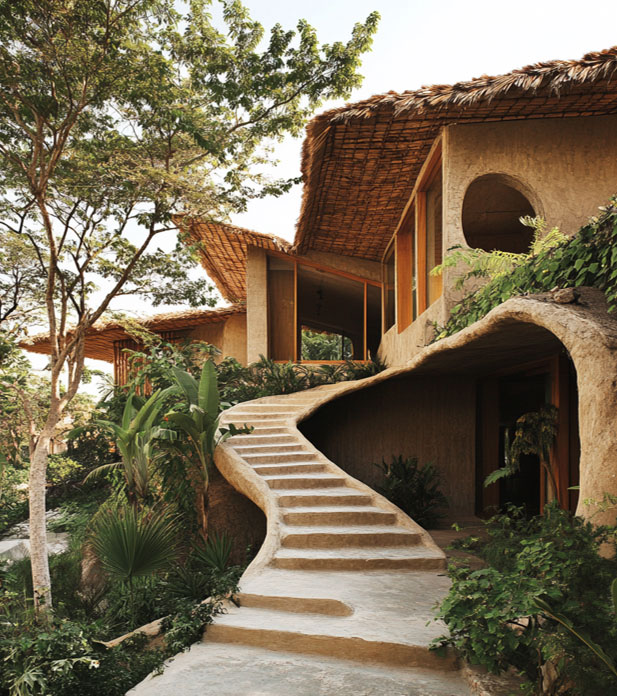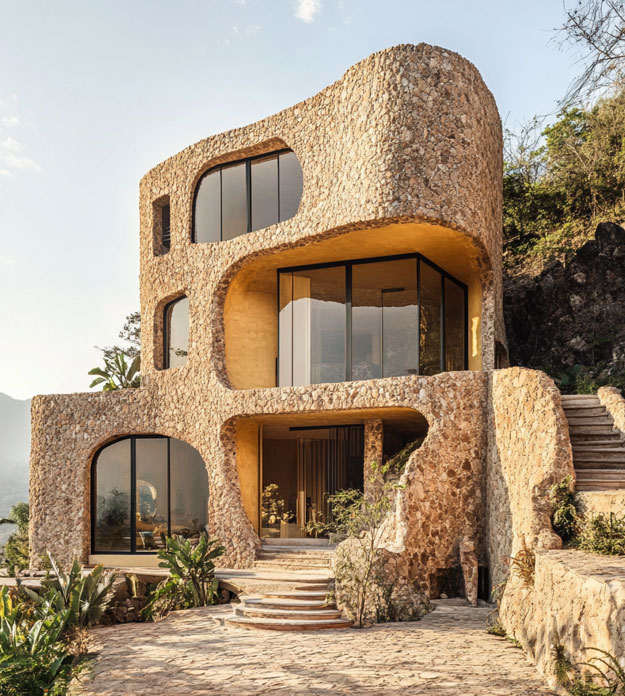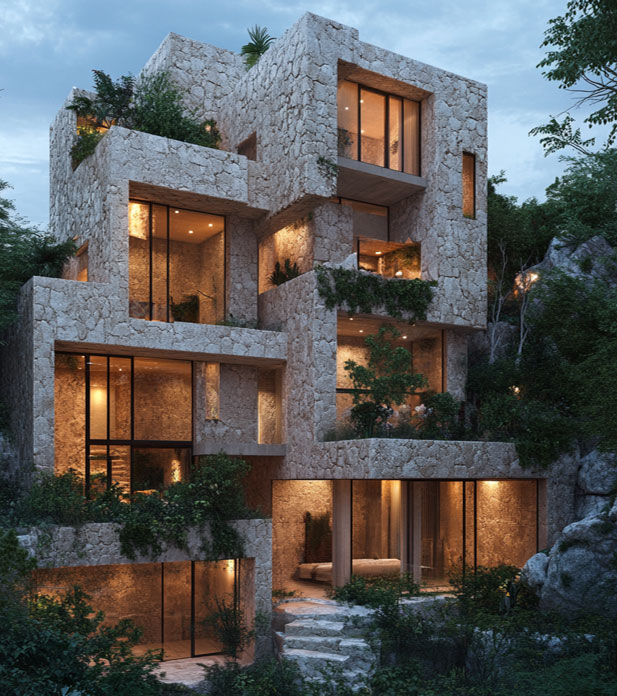

Currently, the construction industry is one of the most polluting, mainly due to the use of materials such as concrete and steel, which generate large amounts of waste and debris. These materials have a significant environmental impact throughout their life cycle. Given this problem, it is crucial to seek alternatives to reduce the ecological footprint of architecture, beyond solutions such as gardens or solar panels.
Vernacular Architecture
Vernacular architecture is an approach that proposes an effective solution to the environmental challenge. This design style respects local traditions and building techniques, drawing on the empirical knowledge passed down through the history of each location. Rather than relying on external influences or global trends, vernacular architecture utilizes the materials and construction methods available in the region, adapting to its climate and cultural context.
Benefits
The benefits of vernacular architecture are numerous. First, this form of architecture is highly adaptable to diverse environments, as it responds directly to the climatic, geographical, and cultural conditions of each location.
Furthermore, the use of local materials, such as adobe, wood, or stone, not only reduces construction costs but also minimizes the environmental impact of buildings. These materials are biodegradable and, in many cases, recyclable or reusable, which contributes to waste reduction.
Another significant advantage is that buildings constructed according to vernacular principles do not require artificial cooling or heating systems. Intelligent design, which takes advantage of environmental characteristics such as sunlight and natural ventilation, can achieve thermal comfort without the need for additional energy.
Furthermore, by preserving local traditions and techniques, the history and identity of communities are kept alive, fostering a sense of belonging and community.








Diébédo Francis Kéré
A contemporary example of vernacular architecture is the work of architect Diébédo Francis Kéré, winner of the 2022 Pritzker Architecture Prize. His work is primarily developed in low-income African communities lacking much architectural infrastructure, leveraging local materials and construction techniques.
In projects such as the Gando Primary School (2001), Kéré used local materials such as clay, reinforced with concrete, to build bricks made by the residents themselves. He also created an overlay roof to improve ventilation without the need for air conditioning.
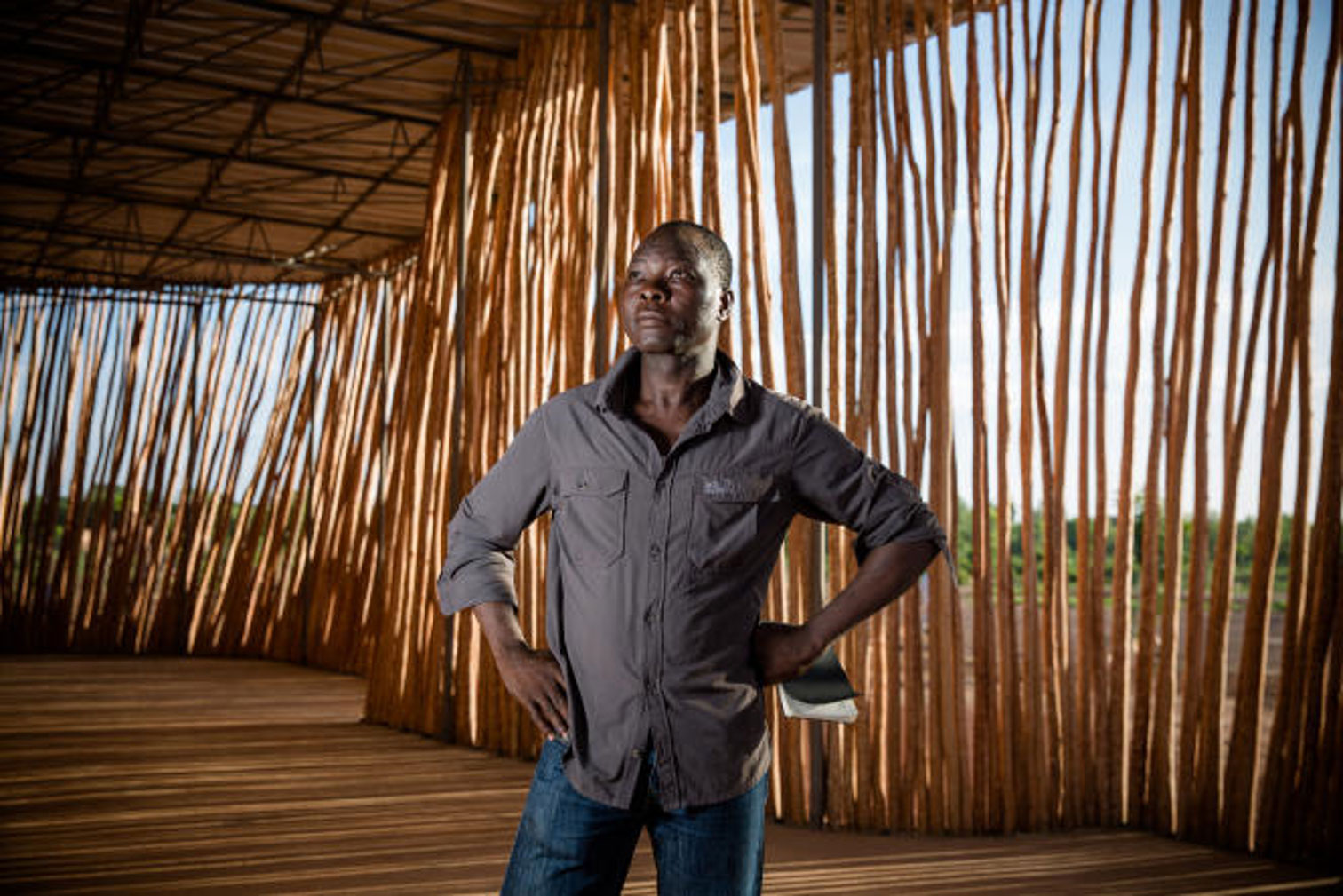







In conclusion, vernacular architecture offers a sustainable and culturally relevant solution to the environmental challenges of modern construction. By utilizing local materials and traditional techniques, this practice not only reduces ecological impact and costs, but also promotes adaptation to the environment, the utilization of natural resources, and the preservation of cultural identity. Vernacular architecture can be a powerful tool for improving the quality of life in communities while respecting and conserving the environment.
